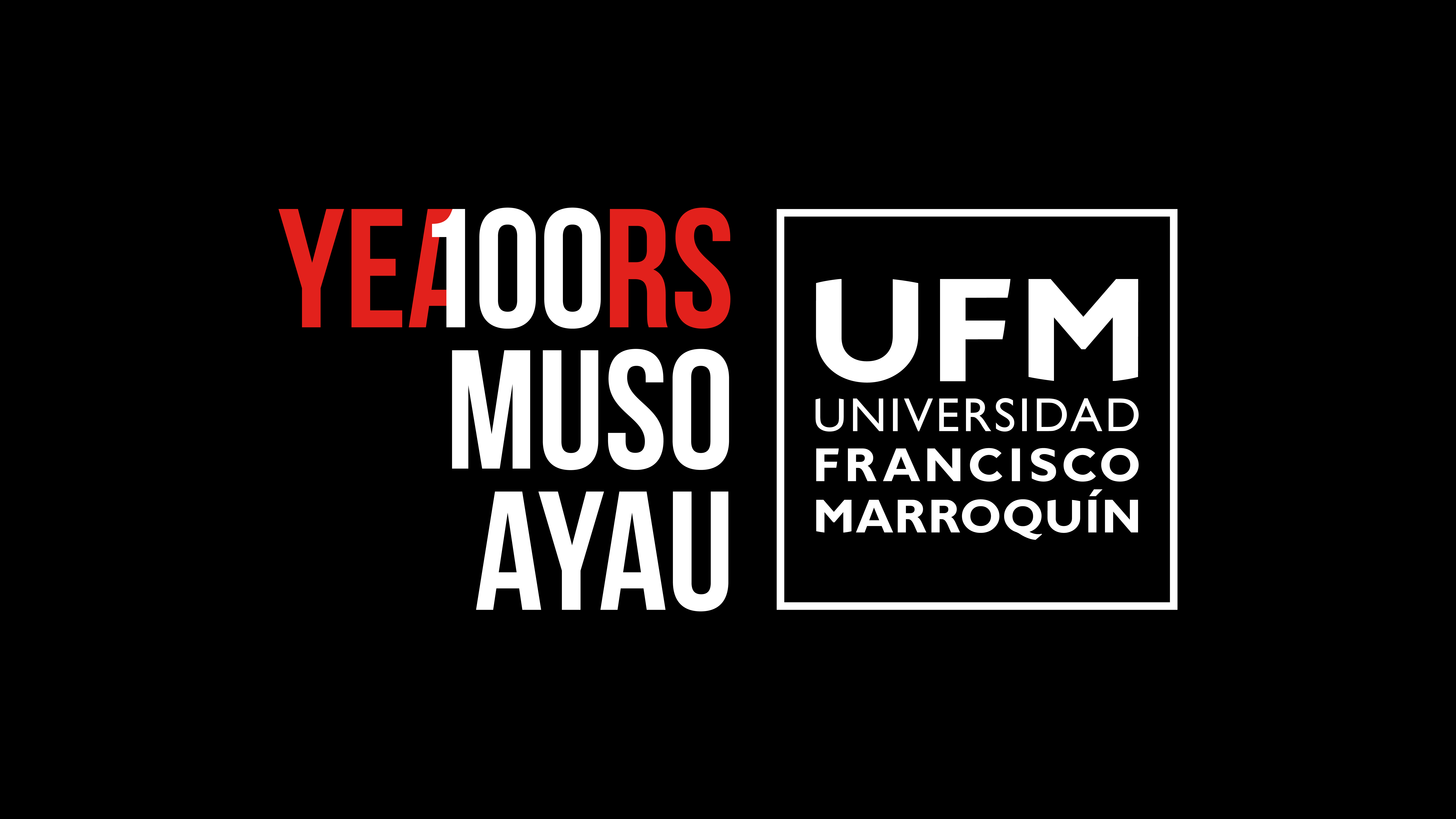
In his book Memoirs and Comments on the Founding of Universidad Francisco Marroquín and Its Antecedents, Muso recounts his concern, which had been growing since the 1950s, about the politicization of Universidad de San Carlos de Guatemala (USAC). At that time, he was unaware of the initiative by the Jesuits, who, along with a group of influential individuals, were directing efforts that would bring about Guatemala’s first private university: Universidad Rafael Landívar, founded in 1961.
This broke the public university’s academic monopoly, paving the way for new educational alternatives, such as Universidad Mariano Gálvez and Universidad del Valle de Guatemala. With four higher education options now available, Muso thought the idea of founding a new university would be shelved.
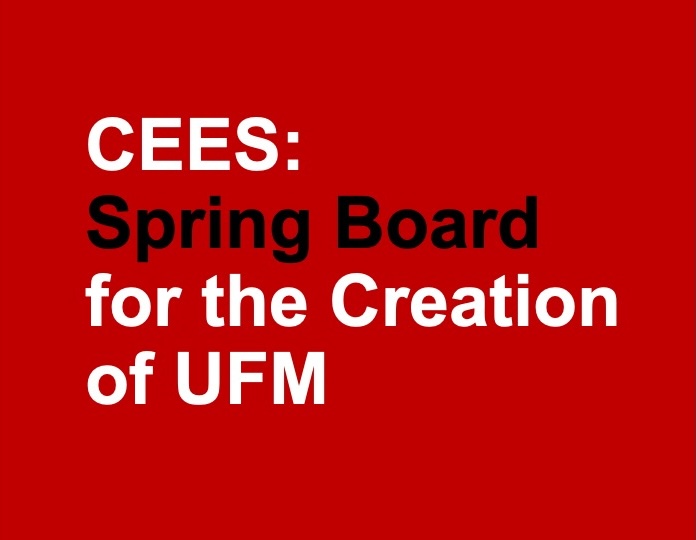
In 1958, concerned that no one was addressing the long-term problems, one of the first centers for the study of classical liberal economics in Latin America was established in Guatemala. It emerged from discussions between Muso, Ernesto Rodríguez Briones, and a group of friends, all worried about finding solutions to the country’s poverty. The aim of this organization was to study and defend individual liberty to produce, consume, exchange, and serve without coercion or privilege. They believed that in order to achieve peaceful prosperity, free from the oppression of ideologies, it was crucial for influential individuals to understand the organization of a free society and feel motivated to defend it.
At the Center for Economic and Social Studies (CEES), the directors began writing pamphlets and translating works by great classical liberal thinkers into Spanish. The CEES pamphlets posed a challenge to socialist theory and Keynesian economic theory. It is important to remember that this stance was considered highly radical, as at that time, those ideas in favor of liberty were controversial.
CEES had the support of several international institutions that supported its work both economically and intellectually. At the Foundation for Economic Education (FEE), they met prominent intellectuals who supported their learning. The Friedrich Naumann Stiftung sponsored study trips to Germany, one of which included a visit to the residence of Ludwig Erhard, a member of the Mont Pelerin Society. This visit led to Erhard’s trip to Guatemala, with Liberty Fund providing financial assistance for Erhard’s travel.
Several members of CEES were invited to become part of the Mont Pelerin Society, where they participated in meetings to discuss their concerns and were fortunate enough to receive advice from eminent figures who shared the philosophy of freedom. In Muso’s words: “If the Mont Pelerin Society hadn’t existed, it is probable that we would have discarded the idea of founding a university since there were already four in our country. The contact we had with these people in the academic world made us more aware that the intellectual crisis of our time, principally in the universities, was worldwide.”
CEES wisely invited prominent figures to visit Guatemala, including Ludwig von Mises, Leonard Read, Benjamin Rogge, Henry Hazlitt, Friedrich von Hayek, and Milton Friedman, authors of works that have come to be regarded as classics. They, along with many other recognized individuals, served as teachers and guides in clarifying the ideas promoted by CEES. Some of them were later awarded honorary doctorates by UFM.
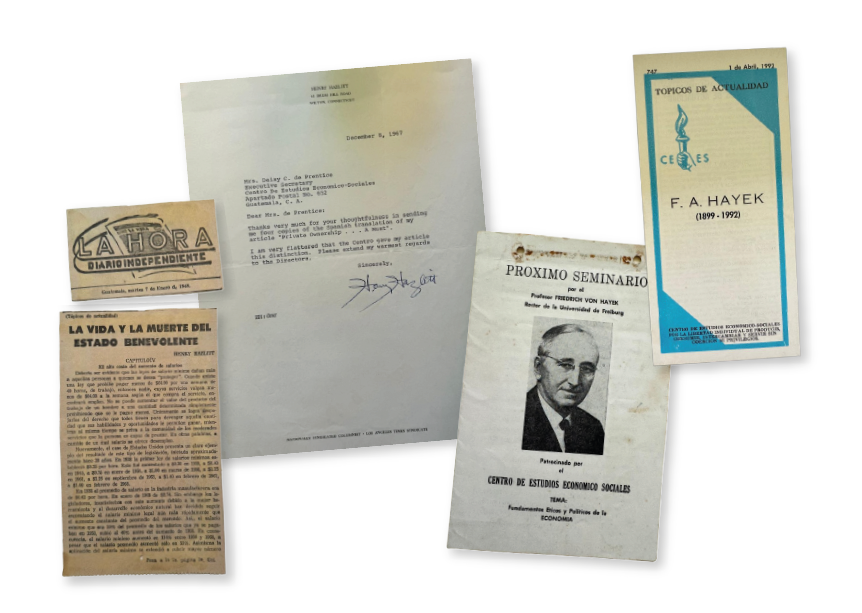
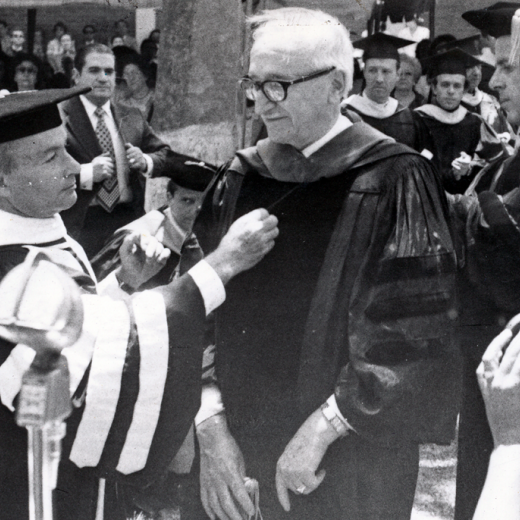

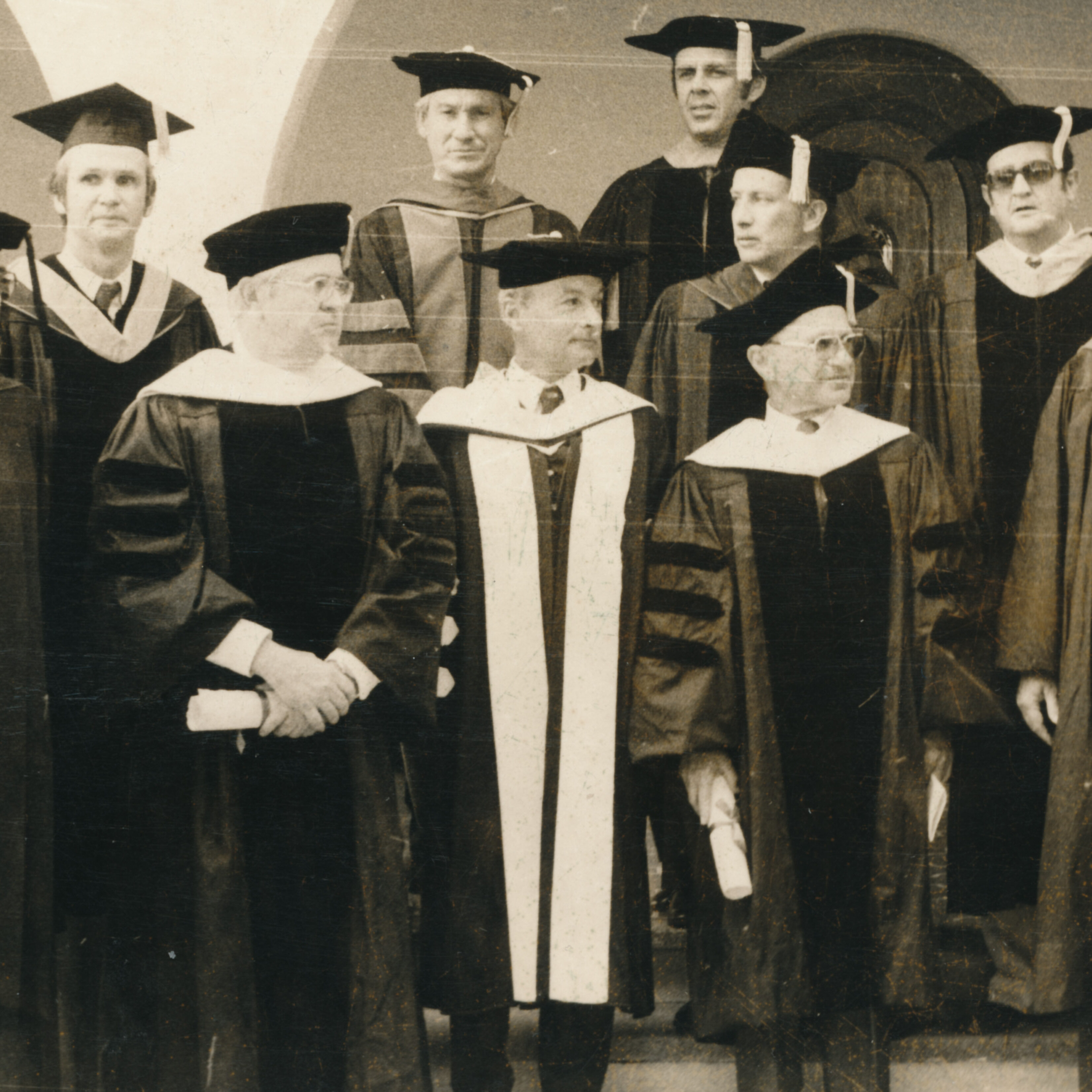
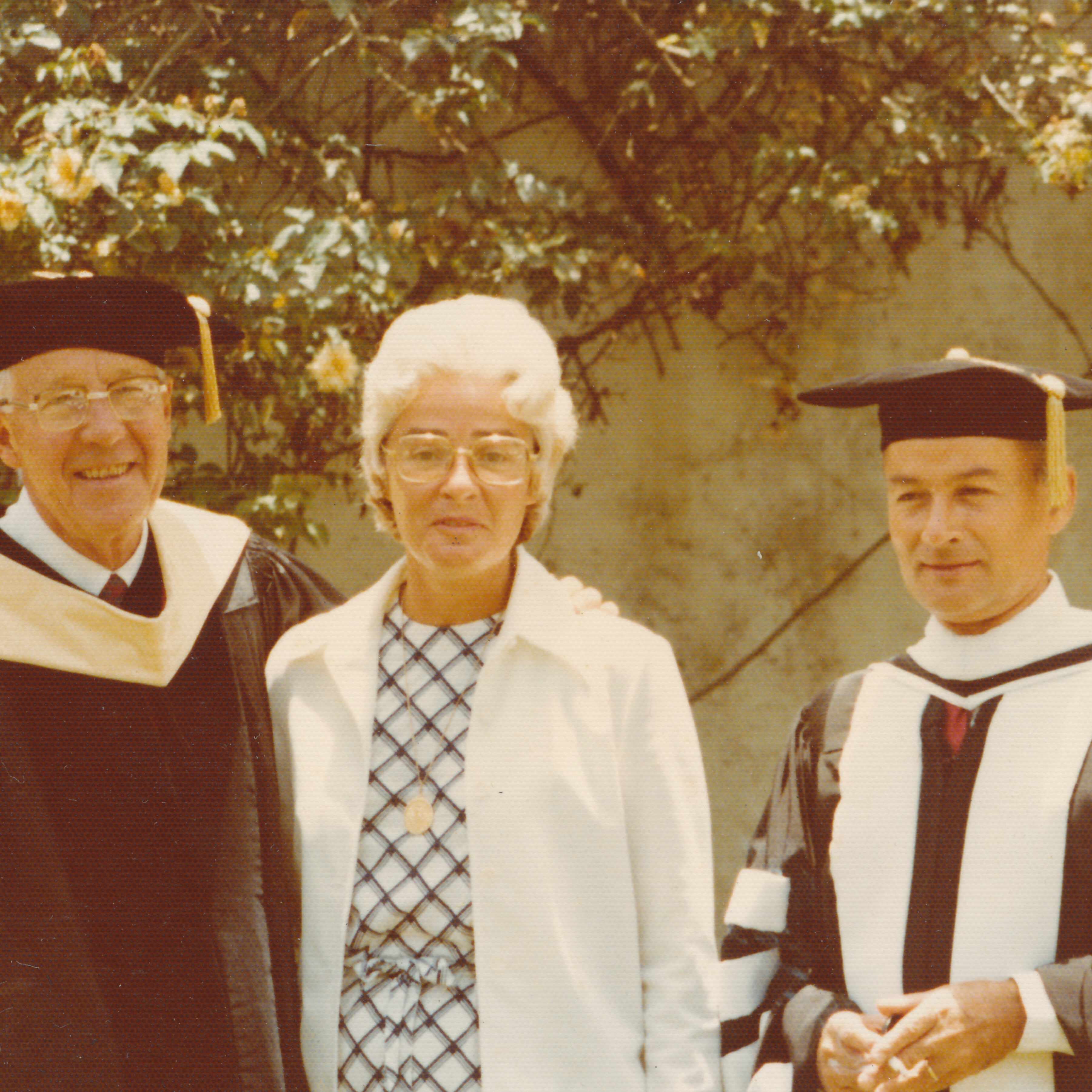
In 1969, at the suggestion of Antonio Nájera, CEES invited Rigoberto Juárez-Paz to teach logic. Juárez-Paz, a scholar in logic and philosophy, became a key collaborator, complementing the group’s knowledge with his expertise in the Austrian School of Economics. Juárez-Paz was a scholarly mentor on philosophical topics, having already studied Mises and Hayek and taught their ideas for several years.

Muso insisted that socialist ideology in the teaching of economic and social sciences remained a problem. He believed that CEES’s efforts were not enough to achieve the goals he considered essential for promoting classical liberal ideas. He firmly believed that it was necessary to disseminate knowledge based on correct ideas, in opposition to the socialist ideological currents that predominated in academic and political spheres.
To incorporate classical liberal ideas into the country’s universities, Rigoberto Juárez-Paz proposed an alliance with Universidad Mariano Gálvez. The intention was to promote education based on the free market and individual liberties. However, despite negotiations, the proposal was not accepted due to public perception that CEES was a radical right-wing group and lacked experience in university management. This led them to explore other alternatives for spreading these ideas.
Faced with this reality, they decided that creating a new university would be the best way to achieve their educational and philosophical goals. Although Guatemala already had several universities, the members of CEES saw the need to establish an institution that would promote freedom and the free market, distinguishing itself from the prevailing trends in other universities, both local and international.
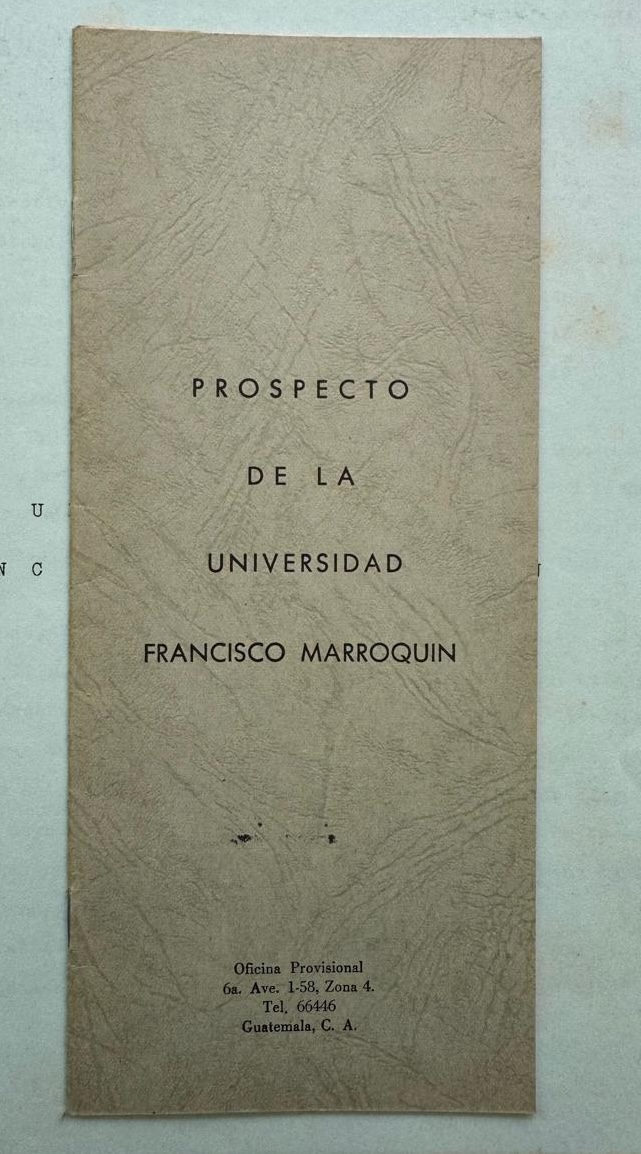
During the years when Universidad Francisco Marroquín was taking shape, the group benefited from the advice and cooperation of eminent academics from international universities, such as UCLA and the University of Rochester, which helped strengthen the educational institution they were developing.
Determined to undertake the creation of the new university, the members of CEES invited other like-minded collaborators. Luis Beltranena Valladares agreed to join, and his participation was important not only because of his personal prestige but also because he had served as the founding dean of the School of Law at Universidad Rafael Landívar.
Beltranena was responsible for drafting the statutes and formalizing the board of trustees, which he did pro bono. The request for approval was submitted during Julio César Méndez Montenegro’s presidency and was authorized through a presidential decree by President Colonel Carlos Manuel Arana Osorio; the Minister of the Interior, Jorge Arenales Catalán; and the Minister of Education, Alejandro Maldonado Aguirre. The founding document of the Board of Trustees was signed on May 29, 1970.
Among the requirements for the university's approval was the need to demonstrate financial solvency. Thus, the group began raising funds from friends who supported CEES. The first donors were the Novella brothers. Muso wanted to ensure that those who supported them were recorded: Enrique Novella Camacho, Estuardo Novella Camacho, Cristóbal Hempstead, Cervecería Centroamericana, S.A., Luis Canella, the Granai & Townson group of companies, COPRECA, Ramón Campollo, Roberto Berger L., Rudi Weissenberg M. and daughter, Manfredo Lippmann, Raúl Minondo, and many individuals and companies that followed thereafter.
The group was clear about the characteristics the university should have, aiming to make it different. Juárez-Paz was hired for a modest fee, not only because he shared the ideas but also because he could express them clearly and precisely. Thus, he was entrusted with writing the university’s educational policy, which was called Universidad Francisco Marroquín’s Philosophy Statement. Muso and Rigoberto thoroughly analyzed its content (https://www.ufm.edu/ideario/) and then submitted it to the rest of the group for approval. It was approved on July 15, 1971, with the exception that, at the suggestion of Mr. Enrique Novella C., a chapter on academic freedom was added, which was finally approved on May 5, 1978.
The university's operation and its statutes had to be approved by the Council for Private Higher Education chaired by the then minister of Education, Alejandro Maldonado Aguirre. The Council members at that time were: Ernesto Viteri Bertrand and Jorge Montes Córdoba, as delegates from the private universities; Augusto Cazali Ávila and Tulio Armando Vargas Ortega, as representatives of Universidad de San Carlos; Fernando Quezada Toruño and Filadelfo Parada Tobar, as representatives of professional associations.
Universidad de San Carlos and Universidad Rafael Landívar formally opposed the approval of UFM. However, Ernesto Viteri Bertrand, a member of the Council for Private Higher Education, recommended its approval to the Council of Ministers, and the approval resolution was issued on August 12, 1971.

Seated from left to right: Jorge Lamport Rodil; Carlos Arana Osorio, president of Guatemala; Alejandro Maldonado Aguirre, minister of Education; and Julio Lowenthal Foncea.
Standing from left to right: Félix Montes Córdoba, Carlos Springmühl Silva, Luis Canella Gutiérrez, Luis Beltranena Valladares, Mario Ribas Montes, Estuardo Samayoa Bramma, Antonio Carrera Molina, Roberto Cordón Méndez, Manuel F. Ayau Cordón, Ulisses R. Dent Sáez, Fernando Linares Beltranena, Rigoberto Juárez-Paz, Jorge Molina Sinibaldi, Leonel Samayoa Bramma, Enrique Melville Zabala, Roberto Sánchez Lazo, Carlos Montes Córdoba, Enrique Murillo Delgado, Pedro Cordón Schwank, Arturo Bianchi Argüello, César Borjes Urrutia, Ramiro Castillo Love, and Enrique Batres.
Once the university’s statutes and operation were approved, the members of the formation committee became the Board of Trustees. The responsibility of the board is to ensure that the objective for which the UFM was created is fulfilled and to safeguard its financial solvency. Among the approximately fifty members who make up the board, six members are elected to form the Board of Directors, the highest authority before the law. The first president of the Board of Trustees was Julio Lowenthal (1972-1973). The first Board of Directors was composed of Luis Beltranena V., Luis Canella, Antonio Carrera, Enrique Murillo, Roberto Ríos, and Leonel Samayoa. This board appointed Muso as president, Rigoberto Juárez-Paz as vicerrector, and Roberto Sánchez as secretary.
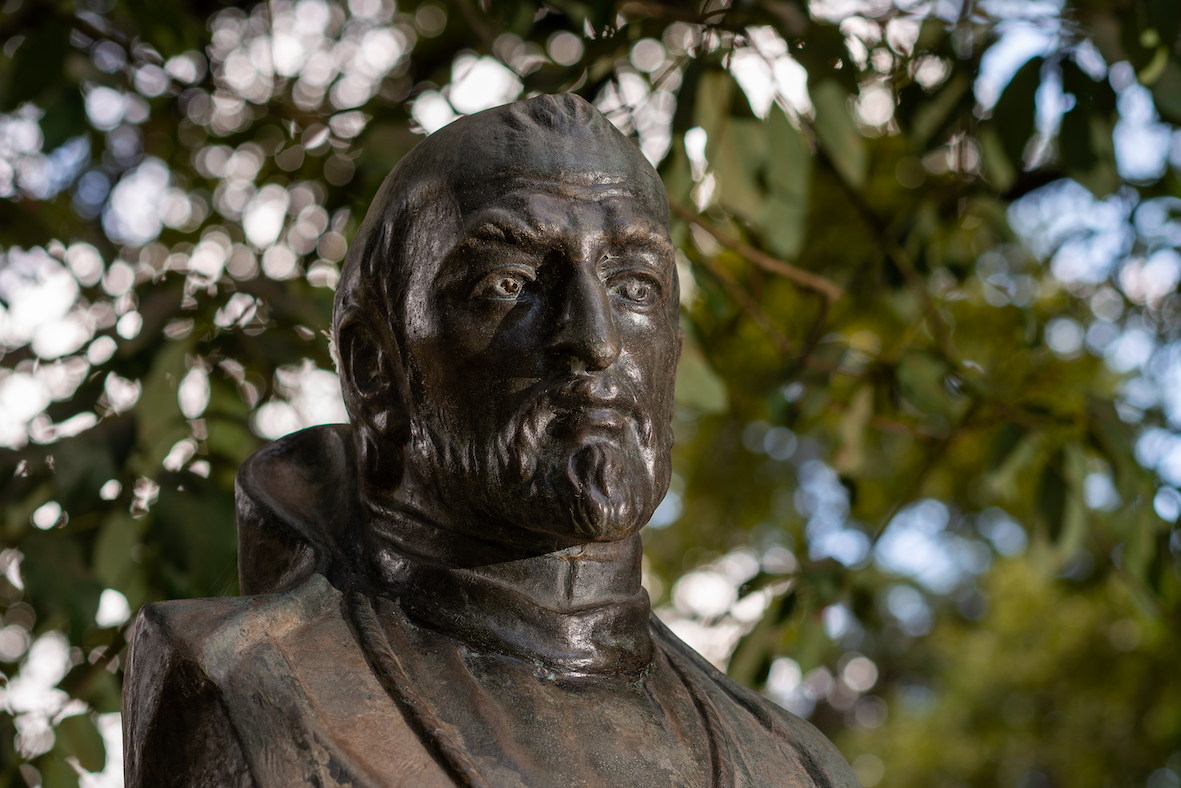
The name of the university arose from a visit by Muso and Rigoberto Juárez-Paz to the Escuela de Santo Tomás in Antigua Guatemala, at the invitation of the Society of Philosophers. There, they found a bust of Francisco Marroquín, the first bishop of Guatemala, and upon showing interest in it, Rigoberto Juárez-Paz instructed Muso on the history of the prelate. Considering that Marroquín had been both a good man and, secondly, a liberal in the best sense of the word, they decided to name the university in his honor.
Muso had the opportunity to discuss with the Jesuit bishop Monsignor Martínez de Lejarza whether it would be inappropriate to adopt the coat of arms of Bishop Marroquín. Monsignor Martínez explained that, without a doubt, the bishop would have felt very honored by the idea, given his interest in higher education. However, he added that if the university were to adopt the bishop's coat of arms, it would be necessary to remove the insignias associated with the episcopate.
Thus, the request was made for Mr. Campins to design a coat of arms with the original colors and to provide a heraldic explanation. The same request was made to Edgar Aparicio, with the addition of the motto "Truth, Freedom, and Justice."

UFM gave its first classes on January 15, 1972. Manuel F. Ayau Cordón, as the first president of the university, delivered the appropriate words in the inaugural address. You can read the full speech here.

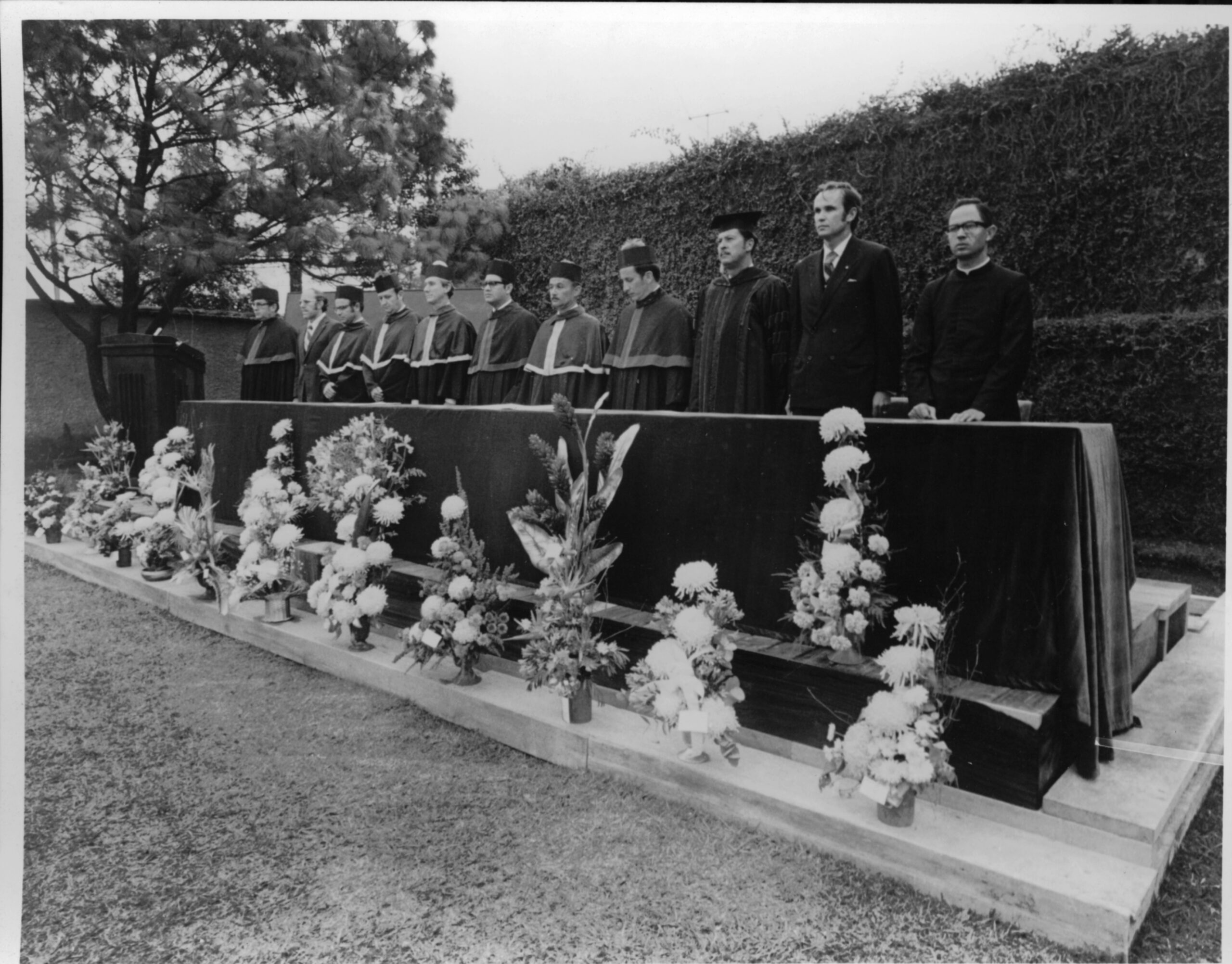
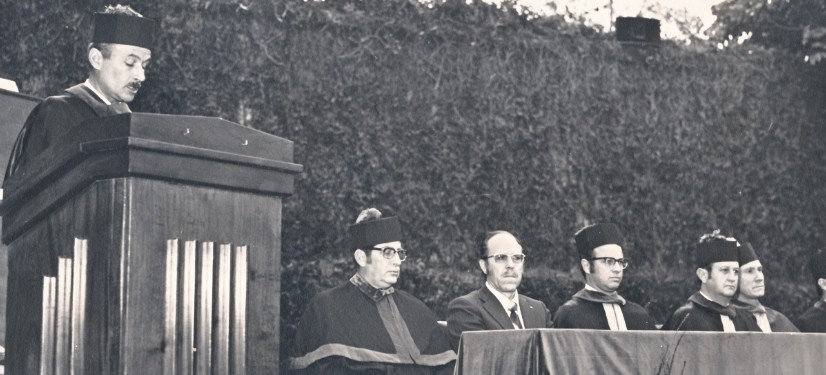
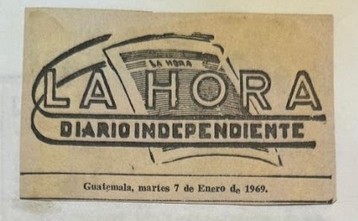
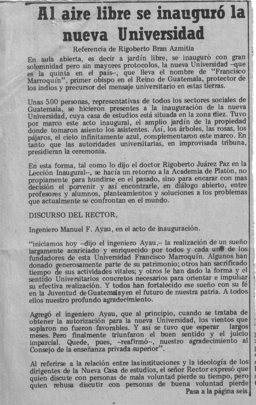
UFM began its classes with a law, economics, and theology program. Rigoberto Juárez-Paz knew the ideal professors for the humanities, such as Salvador Aguado and Jesús Amurrio. However, a significant challenge was finding professors who could teach the principles of free-market economics. At that time, there were no books written in the manner and way that was desired.
Before classes began, UFM sent Ricardo Alvarado to the graduate school at the University of California, Los Angeles (UCLA), to study under the guidance of professors such as Armen Alchian and Clayburn LaForce. However, he had to return earlier than expected due to the urgent need for professors. Fernando Linares B., former manager of CEES, was sent to UCLA. Upon his return in 1974, he was appointed dean of the School of Economic Sciences.
At the end of 1972, Father Ángel Roncero brought in Joseph E. Keckeissen, who had studied for six years at Ludwig von Mises’s New York University seminar. He decided to stay and became a tireless professor, capable of teaching any economics class at any level. His example was an inspiration to many.
Professors were hired from abroad, and among the most prominent and inspiring was Alberto Benegas Lynch Jr. from Argentina, who stayed at UFM for three years. The suggestion to bring him came from Joaquín Reig, who visited Guatemala while attending the regional meeting of the Mont Pelerin Society in September 1972. His support was crucial, as he allocated a US$1000 monthly donation to help bring him.
UFM’s first campus was located in a house at 6 Avenue 0-28, Zone 10, in front of Campo de Marte.

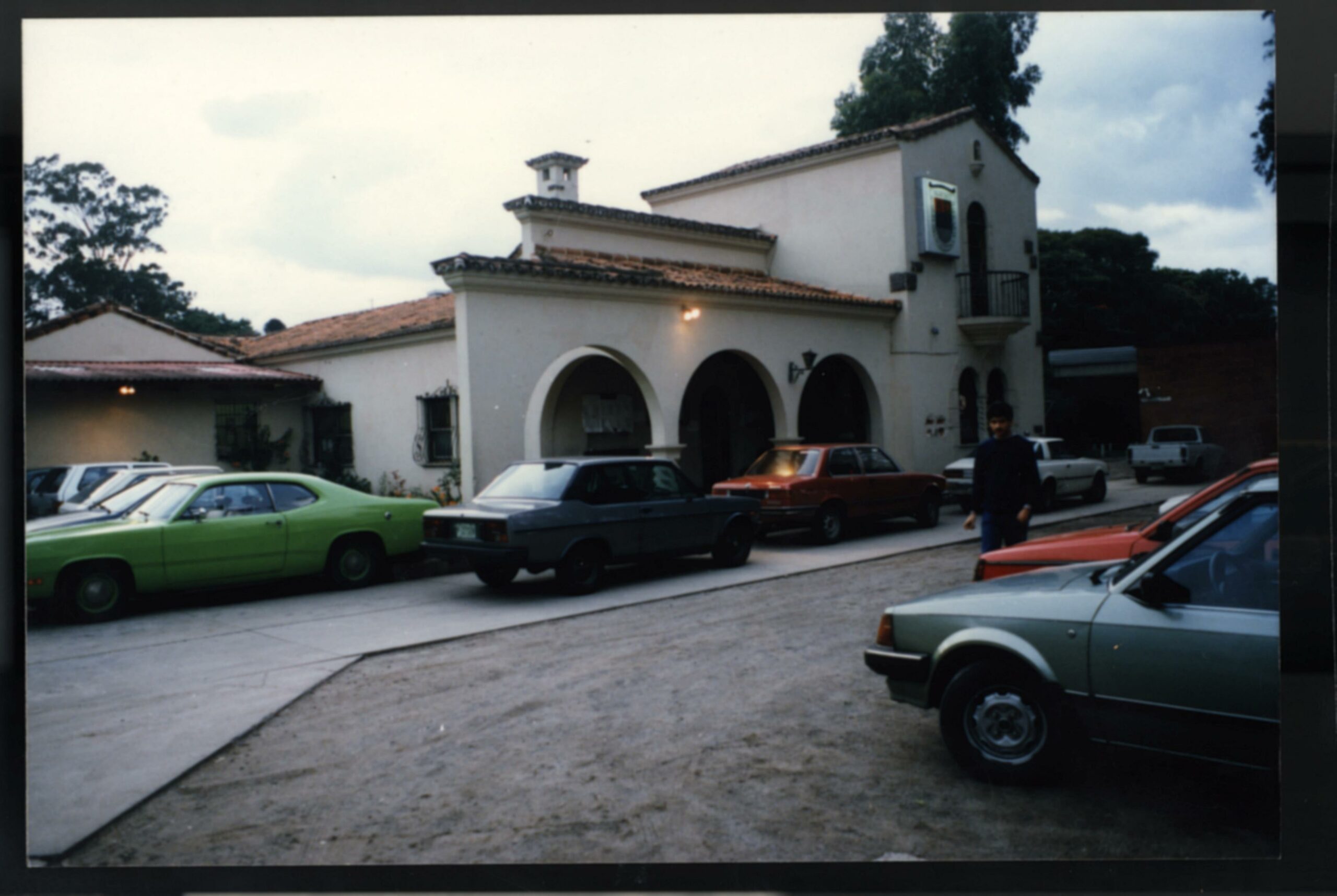
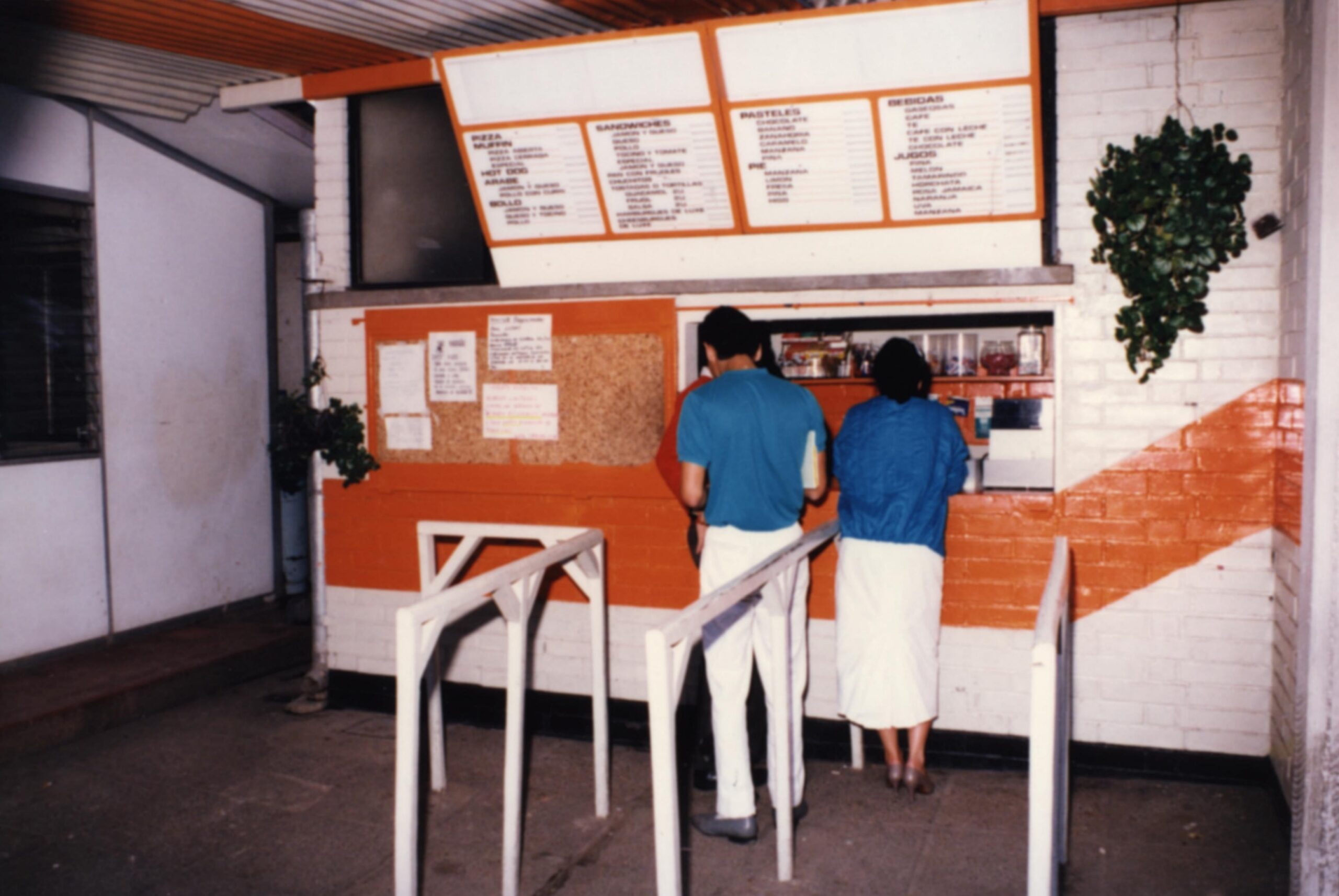
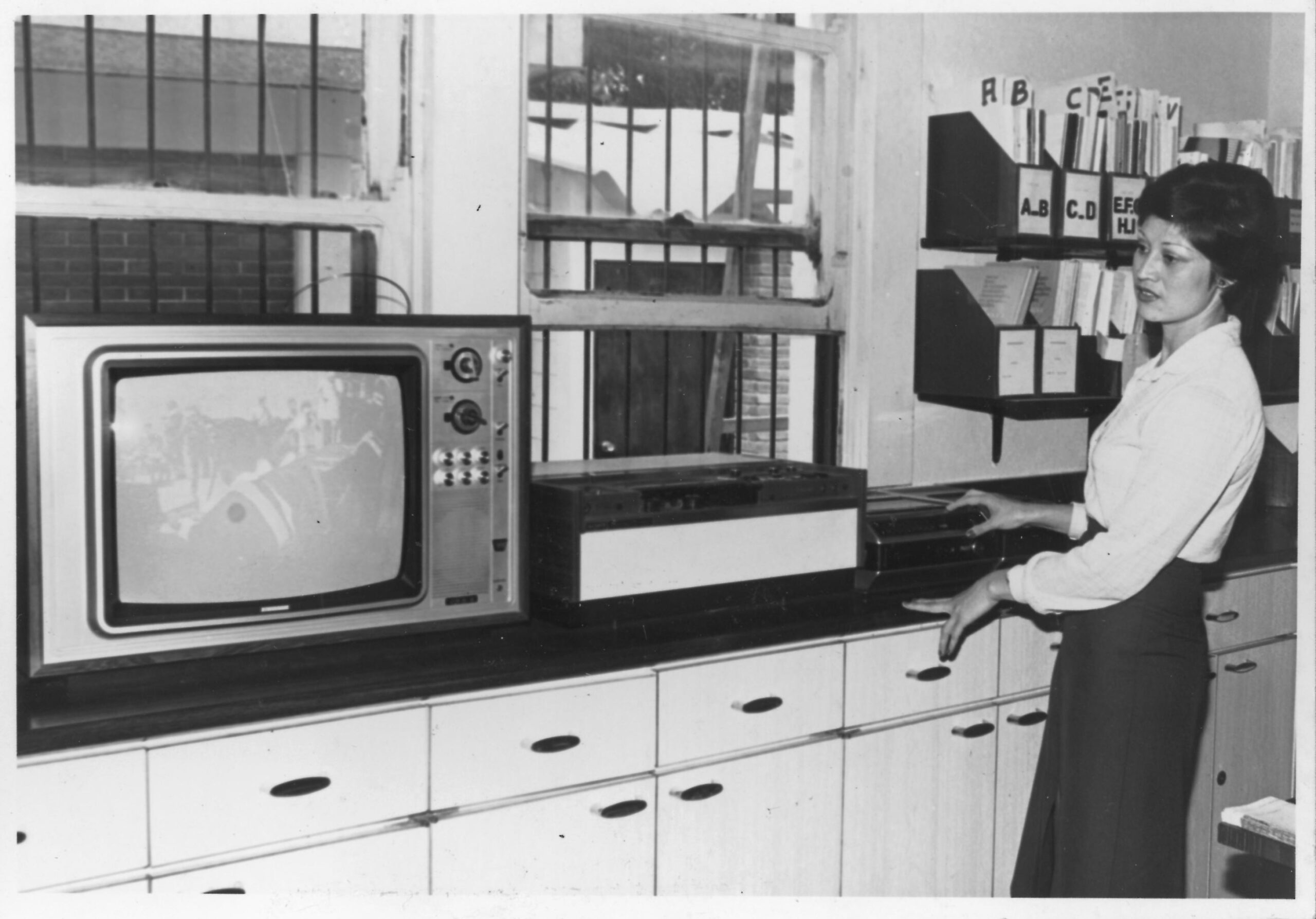
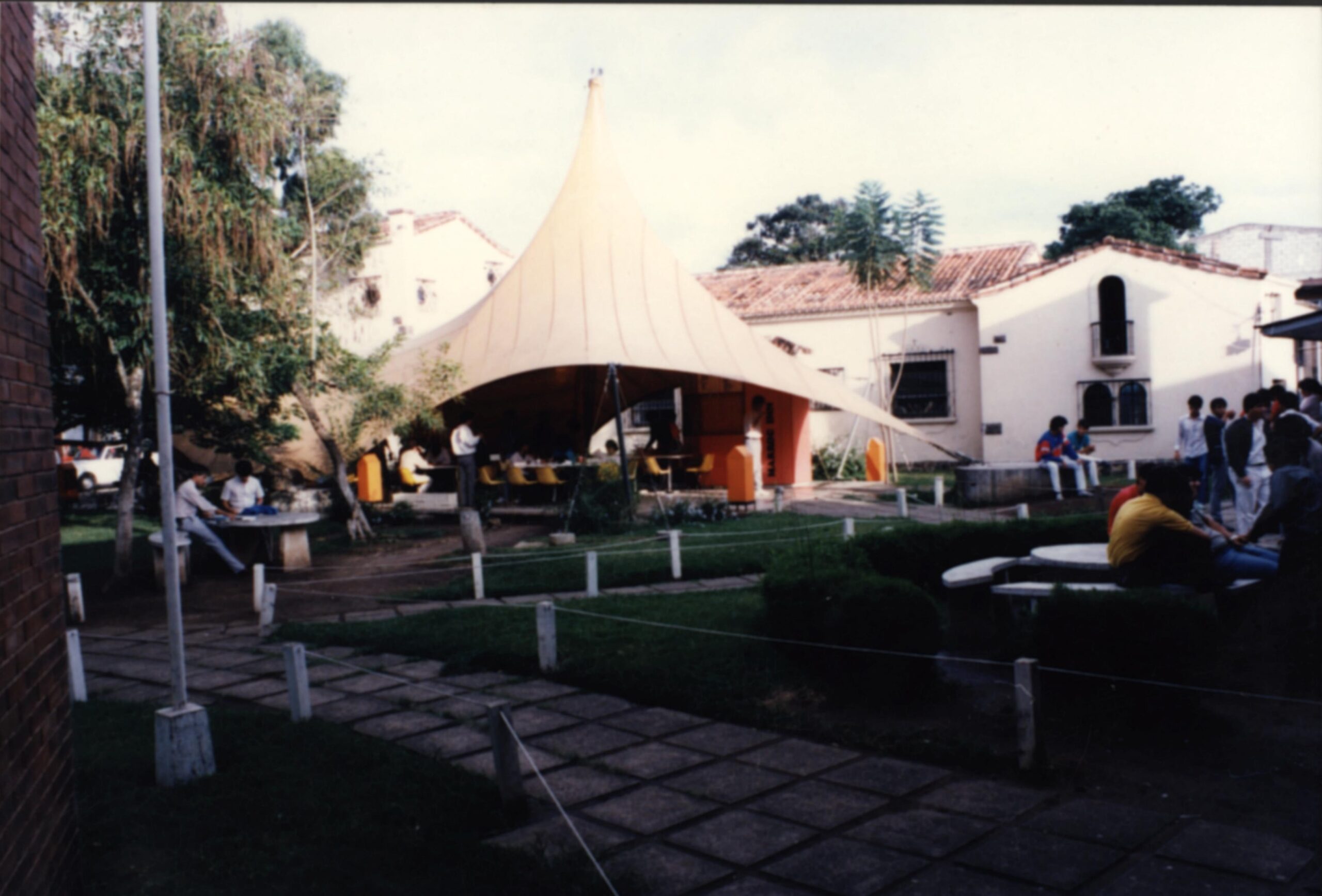
Years later, Adolfo Lau, the first dean of the School of Architecture, designed the flag with a red field and a white oblique field, featuring the university's shield in the upper left corner.
Rigoberto Juárez-Paz was tasked with writing the anthem. The music was composed by Maestro Jorge A. Sarmientos, and the orchestral arrangement was done by Maestro Ricardo del Carmen. You can listen to the anthem here.
At the dawn of a clear sky
An endless horizon is seen,
Young people with new hopes
Discover them at Marroquín.
Students in strength let’s gather
As all truth we seek to see
We who are fellow travelers
Let us unite for liberty.
Liberty to explore the boundaries
Of our world and duty too
Liberty to choose our goals,
That we may ever defend anew.
Justice is the dream of all,
Not the hate of one aggrieved,
Seek not with slings and arrows
To plant so sacred a seed.
We happily accept the risks
Of being young, brave and free.
For dreamers of a better world
The creator lights minds to see.
At the dawning of a clear sky
Better times are soon to start.
With our study we will give science
To the land that owns our heart.


This summary of the founding of UFM was taken from the book Memoirs and Comments on the Founding of Universidad Francisco Marroquín and Its Antecedents by Manuel F. Ayau Cordón, the university’s founder. We invite you to read the book, which contains more details and interesting appendices about the founding process.
